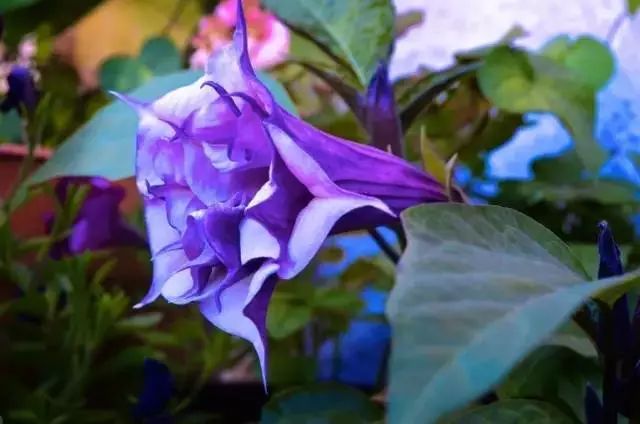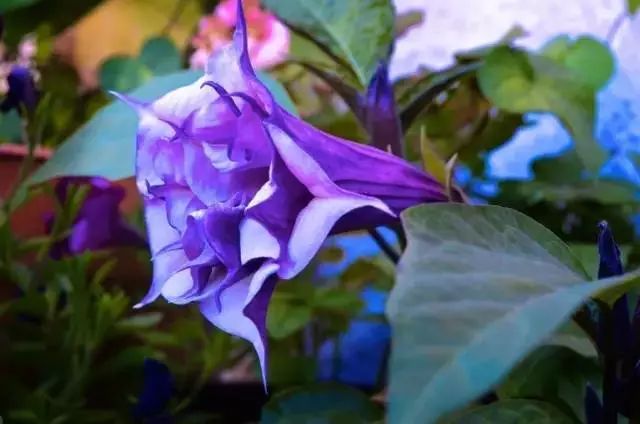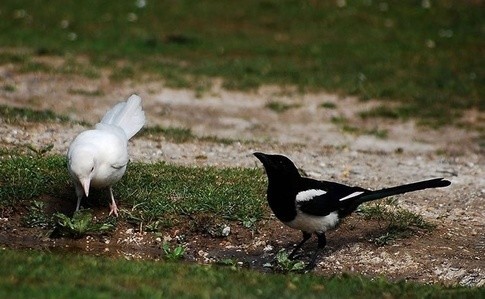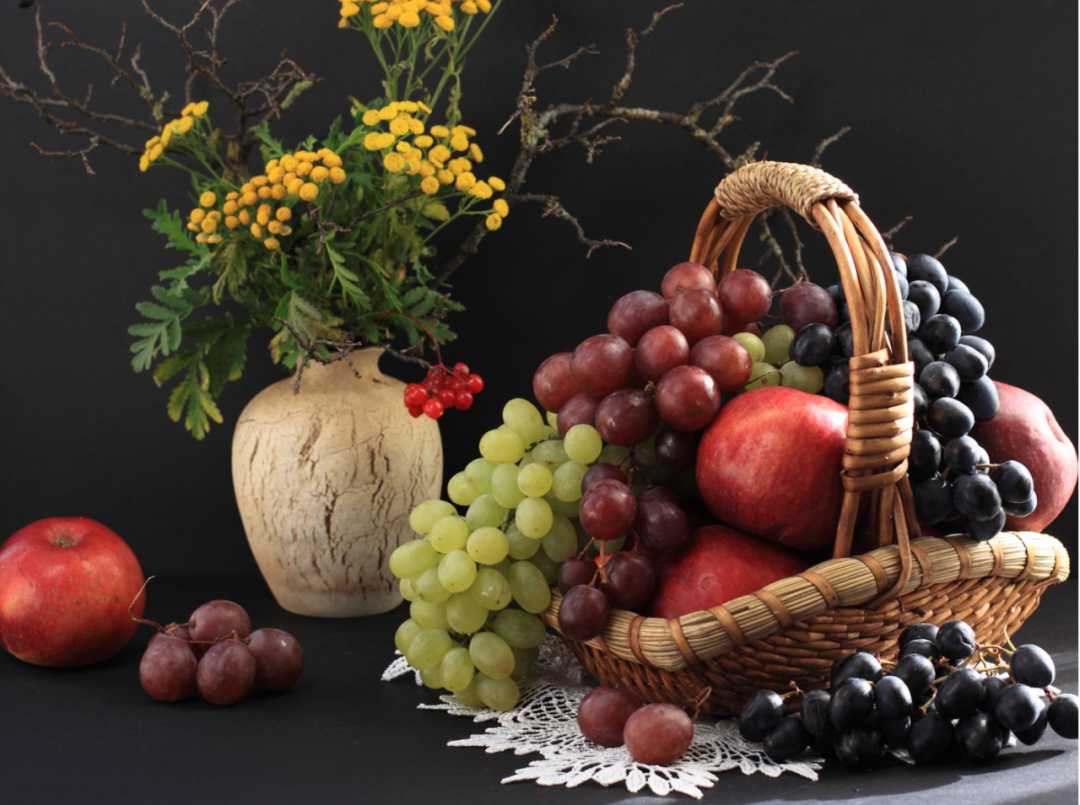Alluring and Potentially Perilous Datura
Datura, a genus of flowering plants within the Solanaceae family, has long fascinated and alarmed people worldwide. Native to the Americas, these plants have spread across the globe, captivating with their striking appearance while concealing a dangerous secret—all parts of the plant contain toxic alkaloids.

Source: Images from the Internet, if there is any infringement, please contact the removal of
Datura plants are characterized by their large, trumpet-shaped flowers that can range in color from white and cream to pink and purple. These blossoms, often opening at night, emit a sweet, intoxicating fragrance that lures pollinators such as moths. The plants themselves are typically bushy, with broad, slightly serrated leaves and spiky seed pods. Their robust growth habit allows them to thrive in a variety of environments, from dry, sunny fields to disturbed urban areas.
Despite their beauty, Datura species, including Datura stramonium and Datura metel, are highly toxic. Alkaloids like atropine, scopolamine, and hyoscyamine present in the leaves, seeds, and flowers can cause severe hallucinations, delirium, and even death if ingested. Historically, Datura has been used in shamanic rituals and traditional medicine in some cultures, but misuse is common due to its potent psychoactive effects. As awareness of its toxicity grows, and with cases of accidental or intentional poisoning reported, many regions have implemented regulations regarding its cultivation and handling, balancing its ornamental allure with public safety concerns.
-------- END --------






